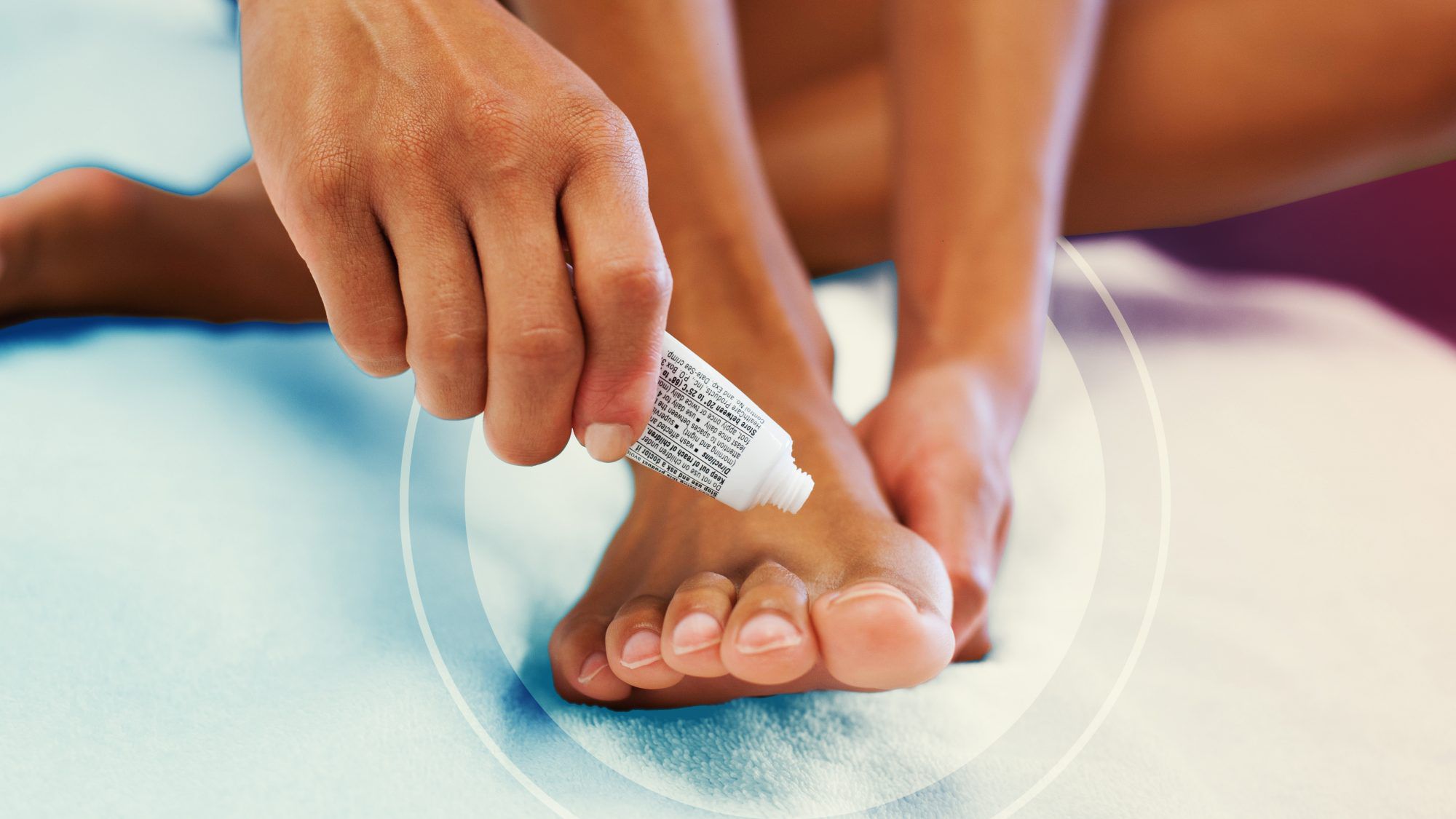Toenail fungus is unattractive but not dangerous. However, toenail fungus in youngsters can have a significant impact on their self-esteem. They may consider themselves “deformed “and “ugly”.” Your child’s feet may often be “stinky” all of the time and he or she may feel “dirty.”
Your child may be concerned about toenail fungus too. This can be quite stressful for them and it can lead to feelings of inadequacy and body image issues.
If your child’s toenails have turned white or yellow, then he or she may possibly have toenail fungus, which is due to a virus that thrives in damp, warm conditions and is very contagious. If your child walks barefoot in any public pools and neighboring places, this could happen.
It can also result from wearing shoes with socks for a lengthy time, causing the feet to sweat and become heated. If your child has toenail fungus, ensuring the feet are cleansed frequently and the toenails are correctly trimmed may be beneficial.
If you detect these symptoms in your child, you should consult a podiatrist who may recommend effective treatment. Often they may suggest going for laser toenail fungus removal too.
Toenail fungus can spread to any other toenails, skin, and even fingernails if left untreated. It is critical to seek treatment as soon as you believe that your child has toenail fungus.
Make an appointment immediately for an inspection, and diagnosis, and also look for suitable laser toenail fungus treatment in children if you suspect your child has toenail fungus.
What are the symptoms?
Although toenail fungus can be rather widespread, it is not uncommon for people to keep their illness hidden. It is acceptable to overlook any thickness or discoloration up to a point. If the issue worsens, you may start to feel pain or smell something unpleasant.
An infection’s most prevalent symptoms are:
- Warped/oddly shaped nails
- Loose/separated nail
- Discoloration observed on the toenails that turn yellow, black, or brown
- Build-up of nail fragments below the nail in bits and pieces
- Change in toenail texture and the nail gets thickened or brittle and sometimes crumbles along its edge.
- An unpleasant odor on the feet of most children.
- Thickening nails with distortion in shape
- Nails start breaking and crumbling
- An appearance of certain dark debris developed under the nails
- The nail gets detached from its toe
What causes toenail fungus?
An infection that penetrates into the nail is the most common reason for toenail fungus. The friction from shoes can sometimes injure the nails, making them vulnerable to infection. The fungus is more common in those with diabetes or having an athlete’s foot.
Family history, smoking, a weakened immune system, a damp, warm atmosphere, and spending time in water are all risk factors. Because of the warm and damp environment of the shoes, the infection will grow.
Only lab tests will confirm a fungal infection
The symptoms indicated above can indicate a fungal infection possibility of the toenails, but they can also be caused by other illnesses. Only a nail lab test can determine whether your child’s toenail is infected with fungus before you consider toenail fungus laser treatment.
What should be done if you think that your child has any toenail fungal infection?
The following actions can be taken for your child in case you suspect that he or she has toenail fungus:
- Talk to your child and briefly explain what a toenail fungus is and allow him/her to calm down and not fear.
- Let him/her understand that it is not his/her fault. This kind of fungus that may cause toenail fungus among the children can grow usually in a dark or moist environment. There are a few home remedies that you may try, but remember that enough evidence is not available that over-the-counter medications for nail fungus really work.
- Consult any child’s podiatrist to accurately diagnose and suggest effective treatment
What treatments can work best for children?
Usually, children’s toenails can be different from adult toenails, and they can grow much faster. Therefore, this can create a difference in the response to certain specific therapies. Besides, children may react differently to any medicines.
Topical medications for children to treat toenail fungus
While topical therapies rarely work on adults, they do sometimes work on children’s nails, which grow considerably faster. Doctors frequently give the topical medicine CICLOPIROX since it is both effective and affordable.
Whether JUBLIA can work for children?
JUBLIA, a topical medicine for children, is occasionally prescribed by doctors. It has been proven in multiple tests to be slightly more successful than CICLOPIROX, although it is exceedingly expensive and does not work significantly better than the far less expensive CICLOPIROX.
Oral medications for children
In children, the oral drug TERBINAFINE was found to be efficacious and well-tolerated in the treatment of this toenail fungus. In fact, with a success rate of 93 percent, TERBINAFINE will be more effective in kids than in adults.
Laser Treatment meant for Toenail Fungus, particularly in Children
Unfortunately, no studies available on the use of laser treatment for toenail fungus in children have been conducted. As a result, there is currently inadequate evidence to advocate laser therapy in children as compared to traditional therapeutic choices.

